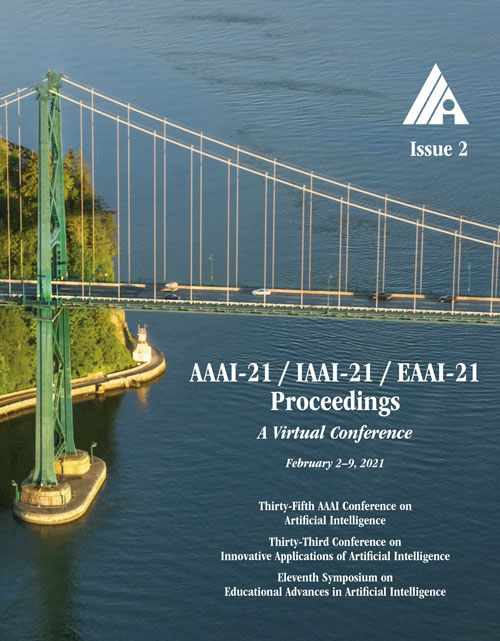Local Relation Learning for Face Forgery Detection
DOI:
https://doi.org/10.1609/aaai.v35i2.16193Keywords:
Biometrics, Face, Gesture & PoseAbstract
With the rapid development of facial manipulation techniques, face forgery has received considerable attention in digital media forensics due to security concerns. Most existing methods formulate face forgery detection as a classification problem and utilize binary labels or manipulated region masks as supervision. However, without considering the correlation between local regions, these global supervisions are insufficient to learn a generalized feature and prone to overfitting. To address this issue, we propose a novel perspective of face forgery detection via local relation learning. Specifically, we propose a Multi-scale Patch Similarity Module (MPSM), which measures the similarity between features of local regions and forms a robust and generalized similarity pattern. Moreover, we propose an RGB-Frequency Attention Module (RFAM) to fuse information in both RGB and frequency domains for more comprehensive local feature representation, which further improves the reliability of the similarity pattern. Extensive experiments show that the proposed method consistently outperforms the state-of-the-arts on widely-used benchmarks. Furthermore, detailed visualization shows the robustness and interpretability of our method.Downloads
Published
2021-05-18
How to Cite
Chen, S., Yao, T., Chen, Y., Ding, S., Li, J., & Ji, R. (2021). Local Relation Learning for Face Forgery Detection. Proceedings of the AAAI Conference on Artificial Intelligence, 35(2), 1081-1088. https://doi.org/10.1609/aaai.v35i2.16193
Issue
Section
AAAI Technical Track on Computer Vision I

